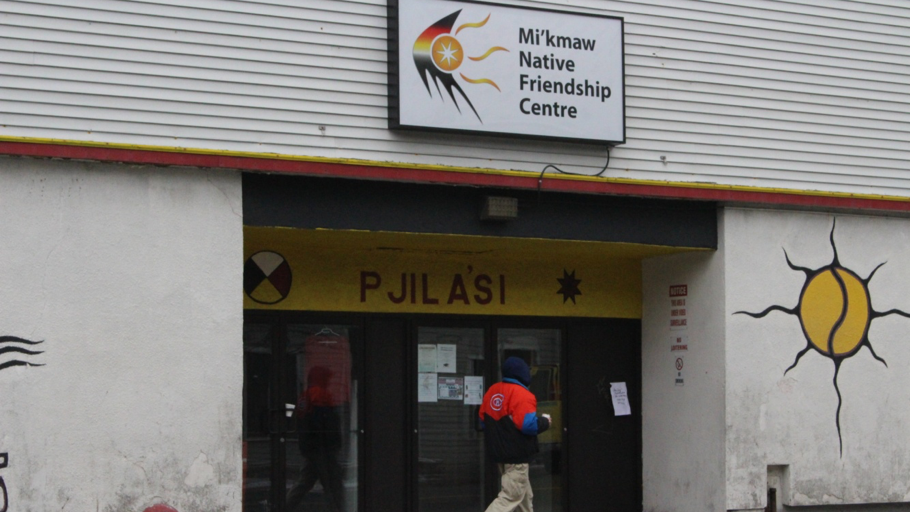Mi'kmaq
Friendship Centre trying to launch transition year program for Indigenous students
Halifax program expected to launch in September

caption
A transition year program could start up at the Friendship Centre in September.Pam Glode-Desrochers remembers an Indigenous student from many years ago. The student was taking a class at the Mi’kmaw Native Friendship Centre when, suddenly, she needed to go home.
No one knew why.
It turned out the student was faced with a choice: pay to fix her car, or pay her rent. The centre, where Glode-Desrochers is the executive director, was there for her, and she finished her course.
Now, a planned transition year program at the Friendship Centre could help others in similar situations by offering free tuition. Related stories
“We know that when we have first-year students coming into the urban context, they tend to go home, or they don’t finish their first year,” said Glode-Desrochers.
A 2014 study by Mount Saint Vincent University found there’s a gap between the number of Indigenous high school graduates in Nova Scotia and the number completing post-secondary programs.
The program at the centre will be a collaboration with MSVU. Professors from the school will teach at the centre, but students still take one on-campus course.
A transition year program was first discussed four years ago, when the centre started looking at how it could help Indigenous students.
The curriculum hasn’t been finalized, but Glode-Desrochers hopes it’ll cover the basics most first-year students need, like math and English. One thing the curriculum will do for sure, she said, is incorporate Indigenous knowledge, ensuring that students have access to cultural resources, like elders.
“I believe that’s where we’re going to get the buy-in, and the difference for students to actually want to take part in this,” she said.
Ann Sylliboy works as a post-secondary consultant with Mi’kmaw Kina’matnewey, which advocates on behalf of Mi’kmaq communities. She couldn’t imagine a better place than the friendship centre for a program, citing their educational and cultural work.
“It is really the ideal spot, if you were to have a bridging program,” she said.
The transition year program is intended to give students a year’s worth of credits, which they can use to apply to a post-secondary program.
The planned program launch is September, with 15 to 20 students. It’s a priority for the university, but they still need to secure funding, said Elizabeth Church, vice-president academic and provost at MSVU.
Glode-Desrochers said they’ve approached the provincial government and made several other funding requests.
Helping students transition
MSVU has taken other steps to help Indigenous students in the transition to university, with specialized programming, like an orientation program. They also appointed a special adviser to the president on Aboriginal affairs.
Although the transition year program is a collaboration with MSVU, Church said the goal isn’t just to funnel students into that one school. Students will have the option to apply to another university or community college.
Dalhousie University also has a transition year program for Indigenous and black students, with courses taught on the Dalhousie campus. It launched in 1970.


C
Cody Orlias